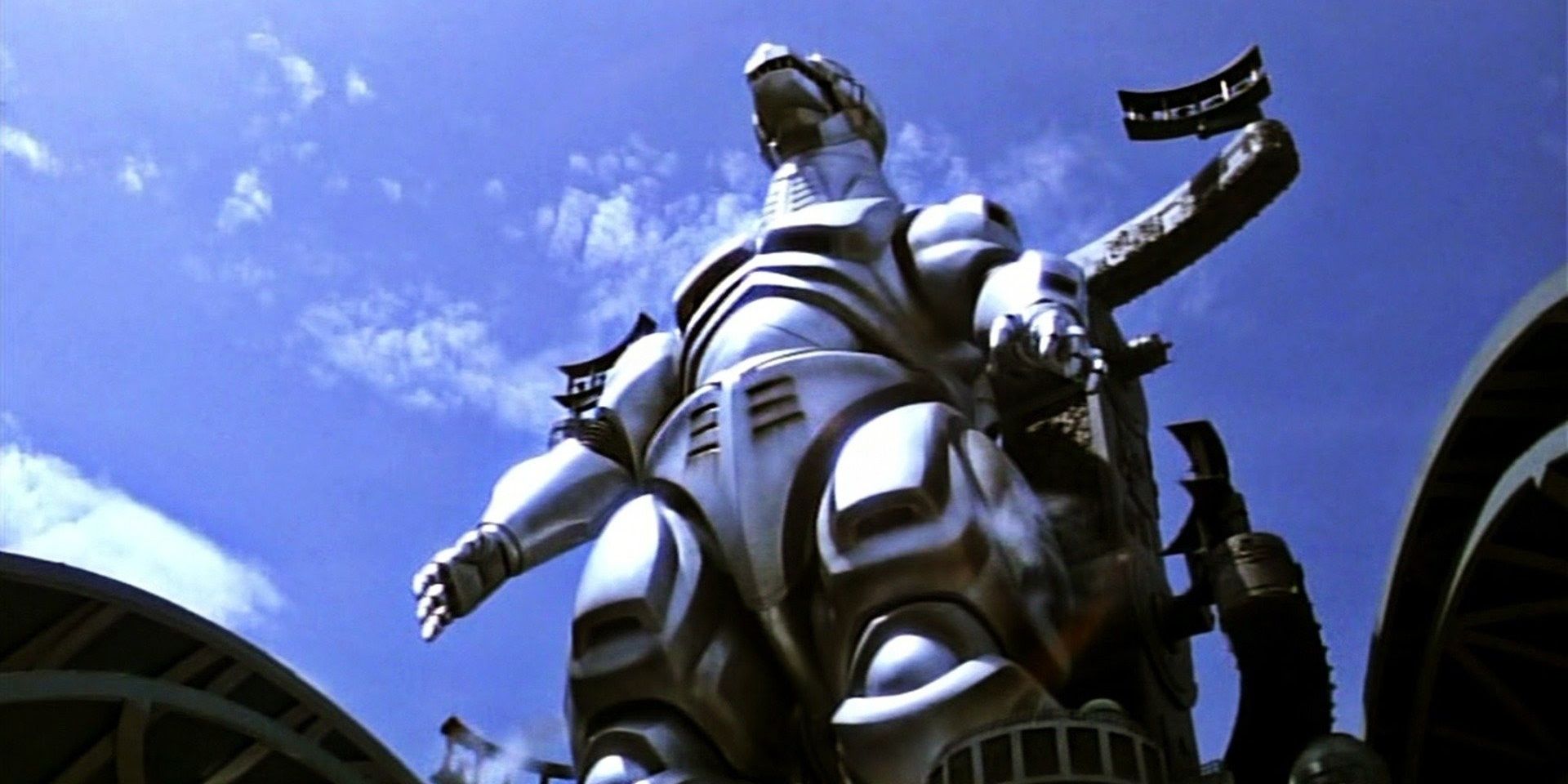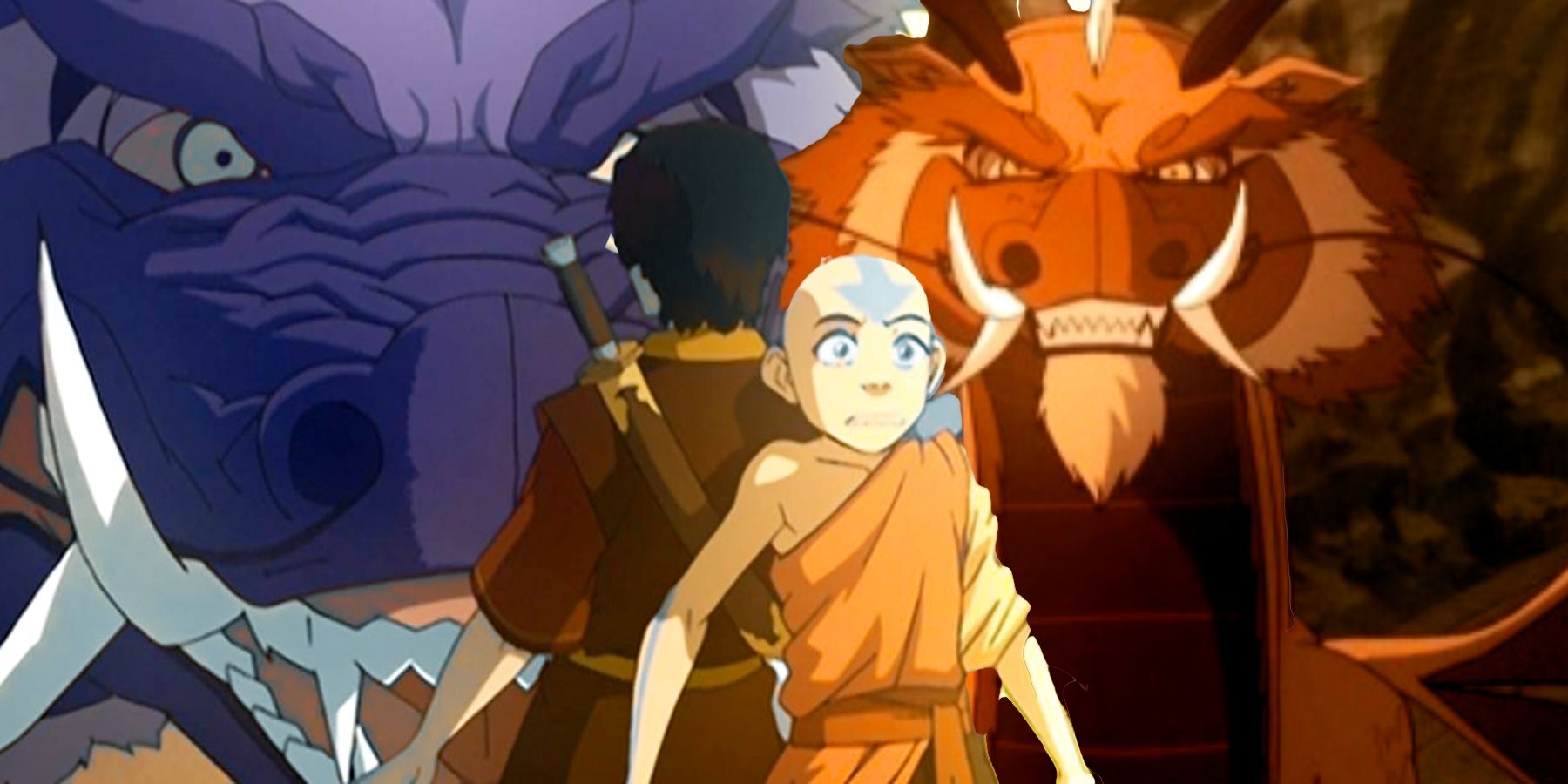Avatar: The Last Airbender illustrates how people bend the elements. Airbenders and earthbenders bend the elements around them in nature. Waterbenders either carry water to bend, sources of water, or can bend water within the air, as well as bending blood. Yet, firebenders appear to be bend fire and lightning that does not exist or is not in their possession.
The Fire Nation has a reputation for violence thanks to the Hundred Years War and their attempt to conquer the other nations. Their firebending as a result has become perceived as an inherently dangerous element because of its use in burning things. But, Avatar: The Last Airbender has shown that it does not necessarily have to always be that way. To better understand why, it is important to examine how firebending developed and where its source originates.
How Humans Learned Firebending
The Legend of Korra introduced viewers to the origins of elemental bending. The first human benders were granted the ability and knowledge to bend elements, such as fire, by the ancient lionturtles. With the Age of the Avatar, the number of human benders increased and the lionturtles gave up their role as protectors of humanity. Avatar: The Last Airbender revealed that some time later humans learned their bending art forms from certain animals or spirits. For firebenders, their teachers were firebreathing dragons.
By the beginning of Avatar: The Last Airbender, the dragons had become nearly extinct save for two who lived among the Sun Warriors. As seen by Avatar Wan, the movements of the dragons were interpreted by early firebenders as a dance, which became the basis for further developing the bending art form into techniques. Avatar Aang and Prince Zuko learned the ancient dragon dance and danced with the dragons to be judged. In doing so, the dragons breathe a rainbow vortex of flames around Aang and Zuko to help them understand that fire, while it can certainly burn and destroy, is a source of life.
The Sun Warriors took their name from one source of life--the sun. But interestingly enough, firebenders are unique in that they have an added complexity to their ability to firebend. Just as an eclipse can prevent firebenders from bending, so too can a firebender's eclipse of the heart. That is to say, firebenders need an inner sun that powers their will to firebend in order to bend the element. Firebenders, however, are also unique in another way due to the fact that they do not have to carry or manually ignite fire in order to bend the element. They seemingly appear to be able to firebend out of thin air, but there's more to it than that.
Why Firebenders Can Bend Without Carrying Fire
Like airbenders using the air all around them, firebenders in Avatar: The Last Airbender essentially use the sun as their source for bending fire. The sun's rays of light which engulf the planet are their ever-present fuel for their firebending. Firebenders extend their chi outside their body to ignite those rays with their dance-like strikes catching fire or sparking lightning. Or, in Uncle Iroh's case, firing chi from his throat chakra as depicted above. The reduced presence of light or an eclipse of the sun can cause a firebender's firepower to weaken, if not become completely disabled.
The firebenders' need for an inner sun may be the reason why the Fire Nation persisted in their efforts to spread propaganda of their false or altered war victories. No matter how powerful a firebender may otherwise be, or how radiant the sun shines, if they have no driving force to use their fire, their ability to firebend likewise diminishes. Firebenders in Avatar: The Last Airbender often appear to be the most fearsome. But, firebenders can be relatively easily defeated, or at least temporarily rendered less of a threat, if one were to take away their will to firebend.
Another facet of firebending that has yet to be further explored in the series is the meaning or effects of the different colors of fire that can be produced by firebenders, as done by the dragons. Azula's blue flames may be indicative of the real-life fact of blue flames being hotter than orange flames, thus making Azula's fire more dangerous and threatening like herself. That said, there could be more to the unexplained lore of various colors of fire in the series.
For instance, just as waterbenders possess the ability to heal with water (a life-sustaining property of water), certain colored flames could serve such purposes to reinforce the idea of firebending as an extension of the sun and life-sustaining power. The non-burning effects of sunlight include health benefits, promoting biological growth or support, and improving energy. This more life-sustaining approach to firebending is worth exploring as it could redeem the Fire Nation's negative image and violent history in Avatar: The Last Airbender.

Avatar: The Last Airbender
- Release Date
- February 21, 2005
- Creator
- Michael Dante DiMartino
- Number of Episodes
- 61
- Streaming Service(s)
- Netflix




